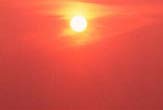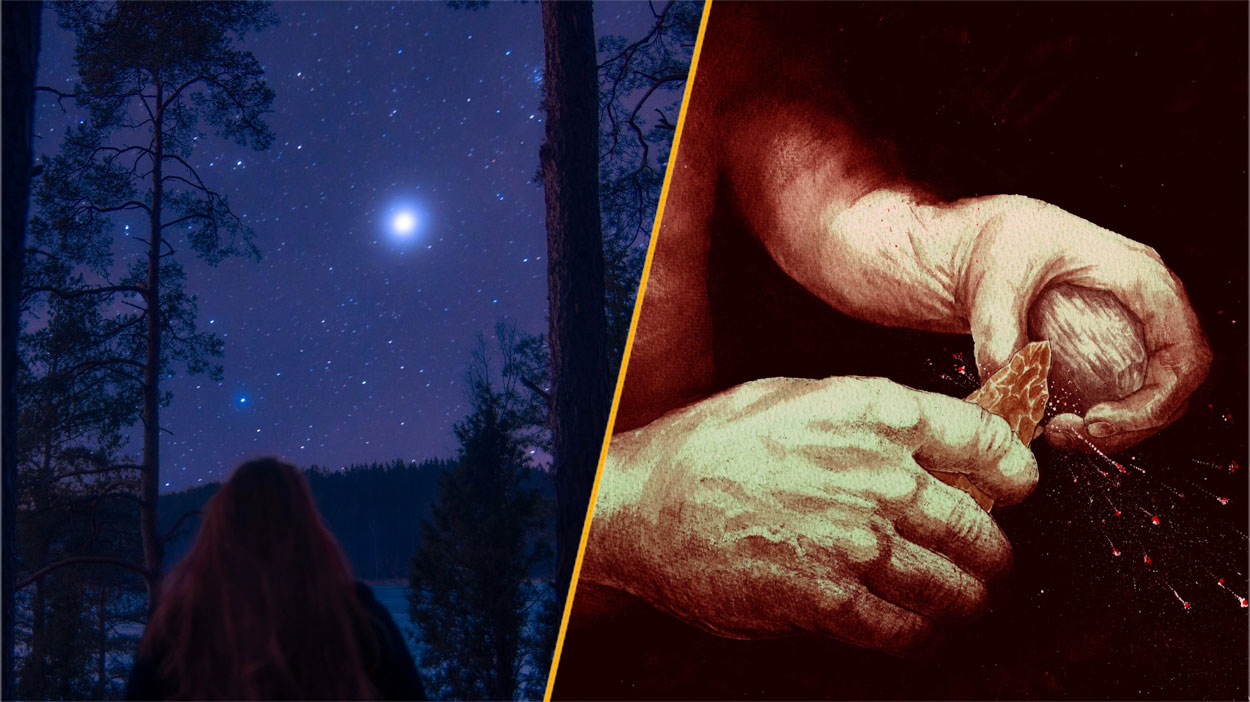Irrigation Fuels Warmer Temps in California's Central Valley

Irrigation of California's Central Valley, which turned it from desert to productive farmland, could be to blame for warmer summer nights that have been recorded in recent years.
What was once dry, light-colored soil that didn't absorb much solar warmth is now dark and damp and "can absorb heat like a sponge in the day and then, at night, release that heat into the atmosphere," said John Christy, director of the Earth System Science Center at The University of Alabama in Huntsville.
The result, announced Thursday, is most noticeable in the summer.
A similar effect called the "urban heat island," owing to dark roofs and blacktop, has raised overnight temperatures in many cities compared to the surrounding land.
Summer nighttime low temperatures in six counties of California's Central Valley climbed about 5.5 degrees Fahrenheit (3.0 Celsius) between 1910 and 2003, Christy's team reports in the Journal of Climate.
During the same period, there has been no change in summer nighttime temperatures in the adjacent Sierra Nevada mountains, where the landscape has remained much the same.
And summer daytime temperatures in the six-county Valley area have actually cooled slightly since 1910.
Get the world’s most fascinating discoveries delivered straight to your inbox.
"Another factor is the dry air, something common to all deserts," Christy said. "Water vapor is a powerful greenhouse gas. Desert air lacks water vapor. The air turns cold at night because it doesn't retain much warmth from the daytime and it can't trap what little heat might rise from the ground at night."
Evaporation from irrigated fields nowadays adds water vapor to the air, which helps cool summer days but traps heat rising from the damp soil at night.
More than 2 million acres in the study area's six counties have been converted from desert to farmland.



